Description
The CTRIAR entry defines a triangular element that can be used as a membrane or shell. A shell element has bending stiffness while the membrane element does not. For both the membrane and shell formulations, the state of the stress in the element is plane stress. The elements do have strains through the thickness of the element, which will lead to thinning of the element.
Format
| 1 | 2 | 3 | 4 | 5 | 6 | 7 | 8 | 9 | 10 |
| CTRIAR | EID | PID | G1 | G2 | G3 | THETA/MCID |
Example
| CTRIAR | 61 | 11 | 101 | 111 | 202 |
| Field | Definition | Type | Default |
|---|---|---|---|
| EID | Element identification number. | Integer > 0 | Required |
| PID | Property identification number of a PSHELL property entry. | Integer > 0 | Required |
| Gi | Grid point identification numbers of connection points. | Integer > 0, all unique | Required |
| THETA | Material property orientation angle in degrees. | Real | See Remark 4 |
| MCID | Material coordinate system identification number. | Integer ≥ 0 | See Remark 4 |
Remarks
- Element identification numbers must be unique with respect to all other element identification numbers.
- Stresses are output in the surface coordinate system or in the coordinate system defined using THETA/MCID or the coordinate system defined on the PSHELL continuation entry.
- The rotational degrees of freedom at the connection points and normal to the element are active in the element formulation and must not be constrained unless at a boundary. If they are constrained then inaccurate results will be obtained.
- If THETA/MCID field is blank, field 5 of the PSHELL continuation entry will be used. If this field is also blank, then THETA = 0.0 is assumed.
- This element is identical to the CTRIA3 element.
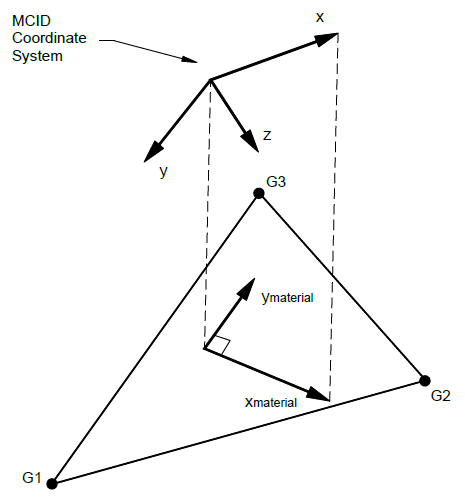
Figure 1: MCID coordinate system definition
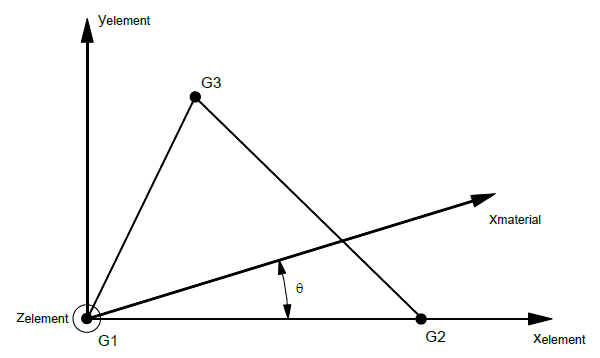
Figure 2: CTRIAR element geometry and coordinate system
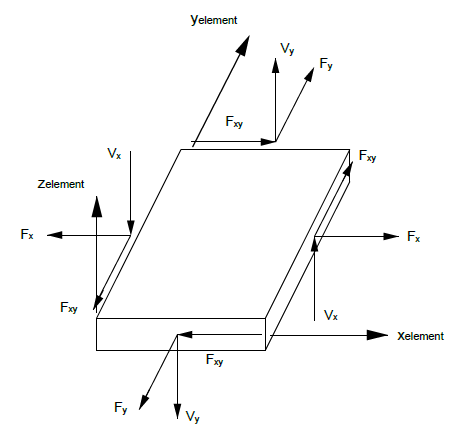
Figure 3a: Forces in CTRIAR elements
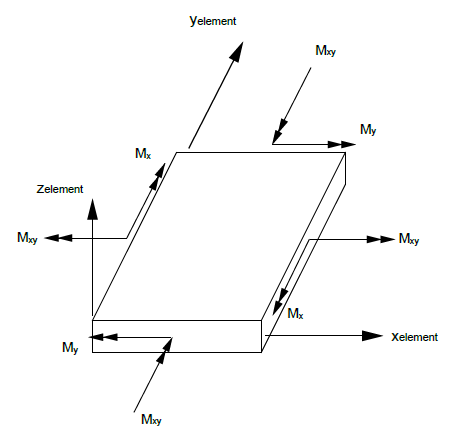
Figure 3b: Moments in CTRIAR elements
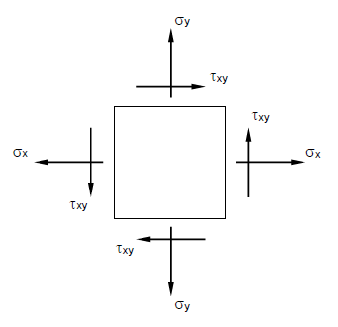
Figure 4: Stresses in CTRIAR elements
